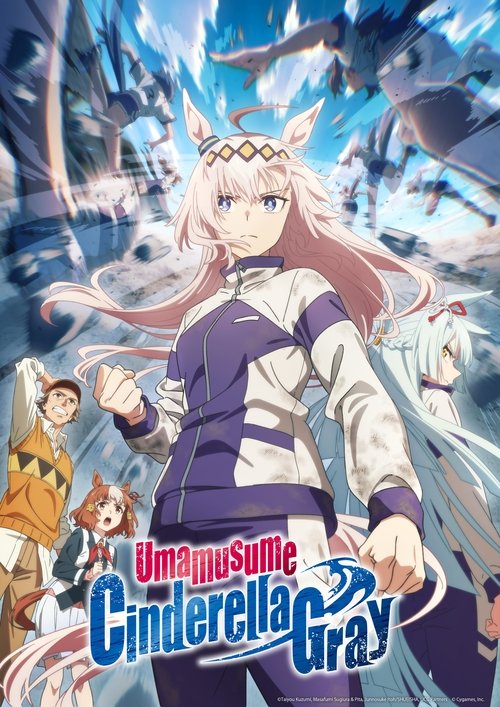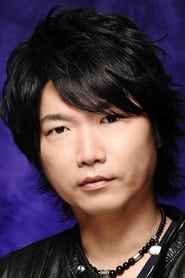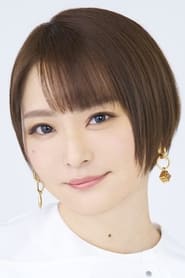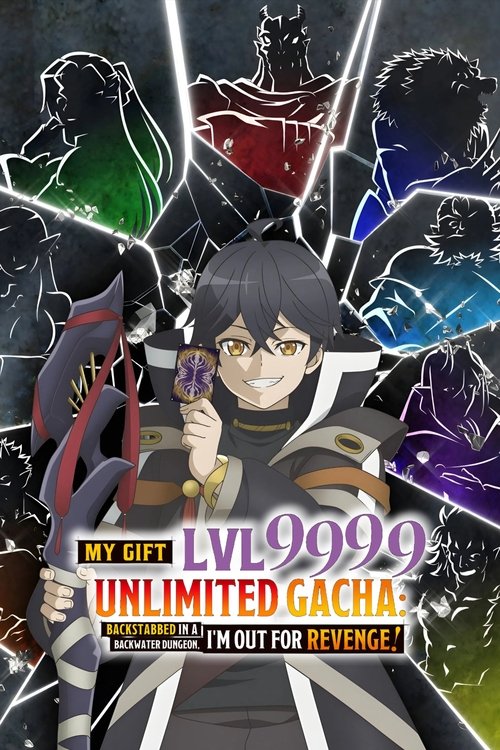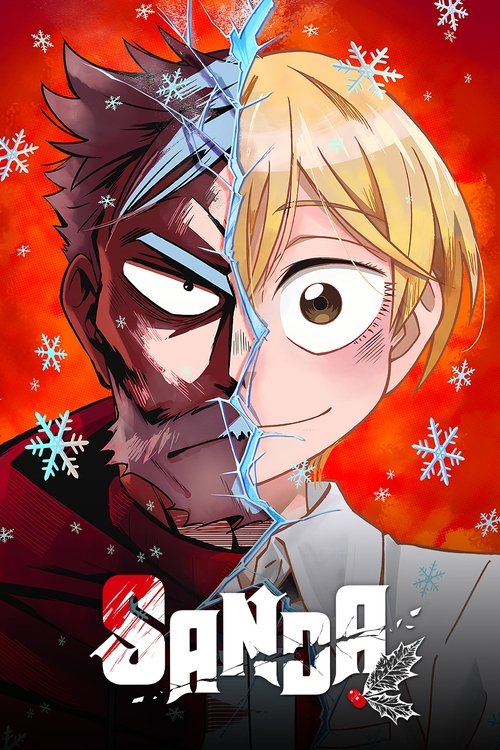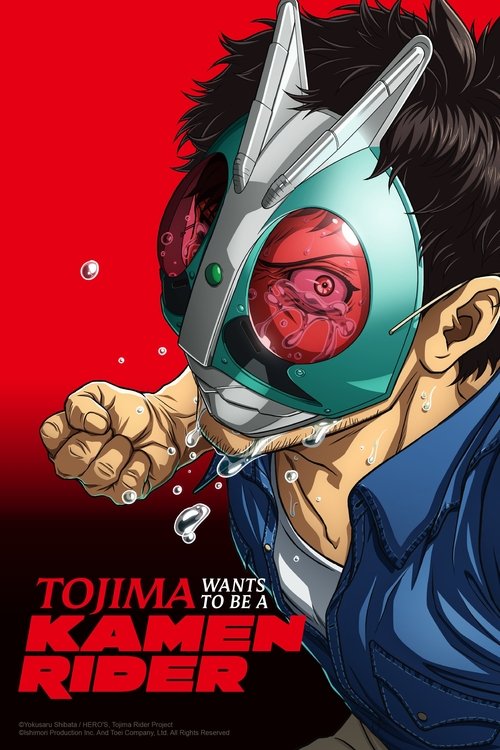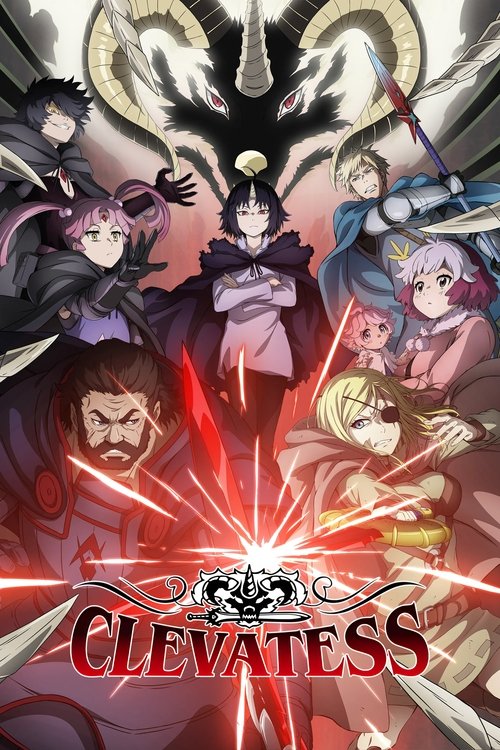
Ask Your Own Question
What is the plot?
The story begins at Kasamatsu Tracen Academy, a desolate training school for Uma Musume, where a mysterious, ashen-haired girl named Oguri Cap appears. She is initially dirty and wears a track suit, standing out from the other students. Oguri Cap has an enormous appetite, which causes concern for her single mother's financial situation. Despite her rough appearance, Oguri Cap's overwhelming running style immediately overturns all common sense about racing at the school.
On the first day of school, Belno Light, a hopeful and enthusiastic student, tries to befriend Oguri Cap, but the school's queen bee and her henchmen attempt to bully Oguri. Their attempts fail, and Oguri Cap's backstory is revealed: she suffered a childhood condition that left her barely able to walk, but her mother's dedicated massages restored her knees, allowing her to run. This history explains her fierce determination and unique running ability.
As the school year's first race approaches, scouts and trainers, including Kitahara Jo, attend to observe the students. Just before the race starts, one of the bullies unties Oguri Cap's shoelace, attempting to sabotage her. Despite this, Oguri Cap runs with extraordinary power and speed, impressing everyone and marking the beginning of her rise in the racing world.
Oguri Cap quickly defeats the school bullies in a confrontation, which leads them to become her unexpected fan club. Meanwhile, Fujimasa March, a scholarship ace who believes she is the best and looks down on others, becomes Oguri Cap's first true rival. However, Oguri Cap decisively beats March in their first real race, causing March to shift from antagonist to friend and rival.
As Oguri Cap's reputation grows, she faces Tamamo Cross, a stronger and more complex antagonist who challenges her in the final arc of the season. Their rivalry is intense and unresolved by the season's end, setting the stage for future confrontations.
Throughout the series, Oguri Cap's running style is noted for its unique physical traits, such as her knees hyperextending slightly backward, which is believed to give her an edge. Trainer Kitahara Jo, initially embarrassed by Oguri Cap's candidness, comes to respect her as a person rather than just a racer.
The series follows Oguri Cap's journey from an outcast with a troubled past to a legendary Uma Musume, carving a new legend in the racing world. Her story is marked by key decisions to overcome bullying, physical challenges, and fierce competition, all while maintaining a strong bond with her mother and gaining unexpected allies. The season ends with Oguri Cap poised to continue her rise, her rivalry with Tamamo Cross unresolved, promising more dramatic developments ahead.
More TV Shows Like This
Browse All TV Shows →
What is the ending?
The ending of the 2025 TV anime Umamusume: Cinderella Gray centers on the climactic race between Oguri Cap and her main rival Tamamo Cross. Oguri Cap, known as the "monster" of the racetrack, faces her toughest challenge yet in a brutal uphill final stretch at the Tokyo racecourse. Despite her previous winning streak, Tamamo Cross manages to break through and win the race, marking a pivotal moment in Oguri Cap's journey. The story closes on this intense competition, highlighting the fierce rivalry and Oguri's relentless spirit.
The final episode unfolds with a recap from Oguri Cap's perspective, emphasizing her admiration and recognition of Tamamo Cross as a uniquely formidable opponent. The scene shifts to the Tenno Sho race at the Tokyo racecourse, where the course's notorious steep incline looms ahead, symbolizing the ultimate challenge. As the race progresses, Tamamo Cross overtakes the front-runner Lord Royal, narrowing the competition to a direct duel between Tamamo and Oguri Cap, both described as "ash-haired racetrack demons" equally matched in skill and determination.
The camera lingers on Oguri's intense focus and physical exertion as she pushes through the grueling climb, her internal monologue reflecting on the significance of this moment. The race's tension escalates with every stride, the uphill battle serving as a literal and metaphorical peak of their rivalry. Despite Oguri's powerful drive and previous dominance, Tamamo Cross achieves a breakthrough, crossing the finish line first and ending Oguri's winning streak.
The closing scenes focus on the aftermath: Oguri Cap, though defeated, remains resolute and unbroken, her spirit intact. Tamamo Cross is portrayed with respect and admiration, her victory underscoring the theme of worthy competition. Other main characters present at the race share moments of reflection, acknowledging the fierce but respectful rivalry that defines their world.
Oguri Cap's fate is one of continued growth and perseverance, setting the stage for future challenges beyond this race. Tamamo Cross emerges as a new benchmark for excellence, her victory a testament to the evolving nature of competition. The story ends on a note of emotional intensity and anticipation, emphasizing the ongoing journey of these characters rather than a final resolution.
This ending encapsulates the core themes of Cinderella Gray: the relentless pursuit of greatness, the respect between rivals, and the personal growth that comes from facing one's limits head-on. The narrative closes with a powerful image of Oguri Cap looking forward, ready to run again, embodying the spirit of youth and perseverance that defines the series.
Is there a post-credit scene?
Yes, Umamusume: Cinderella Gray does have a post-credit scene. In episode 7, there is a notably cute post-credits scene that revisits Fujimasa March and her companions while they are at a location that serves as a kind of informal gathering spot or rest area, providing a lighthearted moment after the main episode's events.
Additionally, the series uses scenes both before and after the credits to bookend episodes, such as the reappearance of Tamamo Cross after the credits in episode 9, which sets up the next narrative arc called the "White Lightning Arc," emphasizing the ongoing rivalry and challenges for the protagonist Oguri Cap. This suggests that post-credit scenes in the show are used to deepen character development and foreshadow future storylines.
What is the origin of Oguri Cap's nickname 'the Beast' in Umamusume Cinderella Gray?
Oguri Cap earns the nickname 'the Beast' due to her overwhelming and unconventional running style that overturns common sense in the racing world, marking her as a fierce and formidable competitor from her early days at Kasamatsu Tracen Academy.
How does Oguri Cap's relationship with Berno Light influence her journey in the anime?
Berno Light is Oguri Cap's close friend and fellow racer whose presence and rivalry motivate Oguri Cap to push her limits, shaping her growth and determination as she advances toward national competitions.
What role does Jo Kitahara play in Oguri Cap's racing career in Cinderella Gray?
Jo Kitahara is a scout and trainer who officially recruits Oguri Cap and Berno Light into a racing team, providing them with the necessary support and guidance to compete in official races, which is essential for Oguri Cap's progression in the sport.
What is the significance of the Twinkle Series in Oguri Cap's story arc?
The Twinkle Series represents a major national racing event that Oguri Cap aspires to reach and compete in, symbolizing her rise from a desolate training school to national stardom and the realization of her Cinderella story.
How is Oguri Cap's running style visually and technically depicted in the anime?
Oguri Cap's running style is depicted with unique animation details such as her knees hyperextending slightly backward, which is believed by her trainer to give her an edge. The animation also emphasizes her tail swishing and physicality, highlighting her as a standout among the horse girls.
Is this family friendly?
Umamusume: Cinderella Gray (2025) is generally family friendly but contains some scenes and themes that might be potentially upsetting or sensitive for children or very sensitive viewers.
Potentially objectionable or upsetting aspects include:
- Bullying and social conflict: There are scenes involving bullying attempts and social exclusion among the horse girls, which may be distressing for younger or sensitive viewers.
- Physical hardship and injury: The story includes characters overcoming physical disabilities or conditions, and there are moments of physical strain or injury related to racing.
- Emotional drama: The series has a grounded, sometimes bittersweet tone with characters facing tough decisions and emotional challenges, which might be intense for very young children.
- Dehumanizing treatment: Some scenes depict how the horse girls are viewed more as objects or athletes than as people, which could be unsettling in tone.
- Mild violence: Competitive racing scenes involve falls or accidents, though these are not graphic.
Overall, the show focuses on character development, perseverance, and racing drama with no explicit content, strong language, or graphic violence reported. It is suitable for older children and teens, but parents of sensitive children may want to be aware of the emotional and social challenges depicted.

